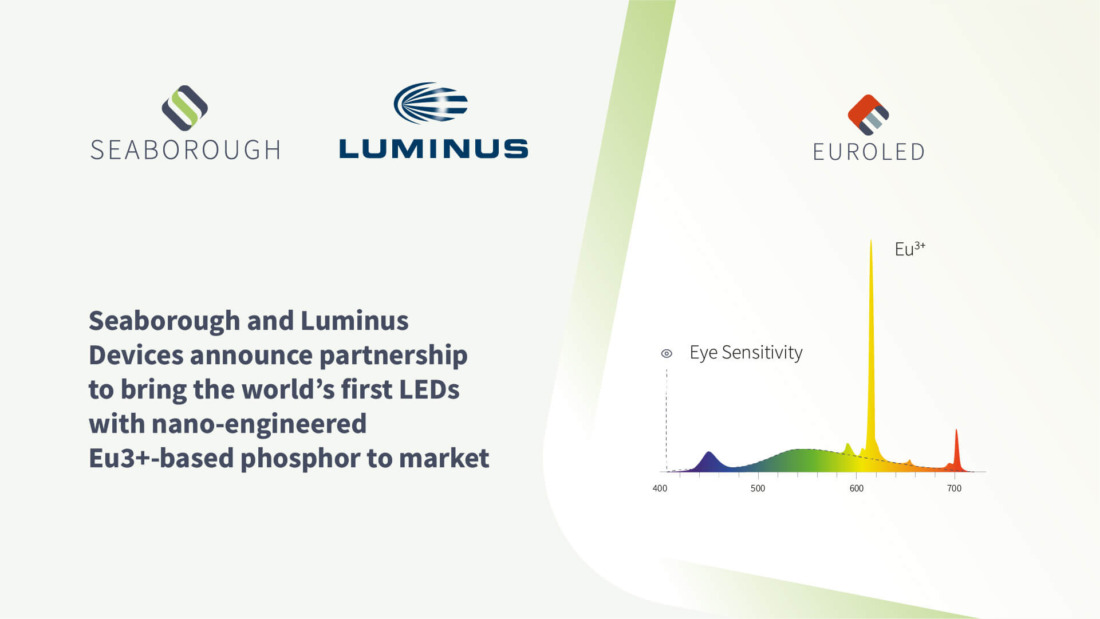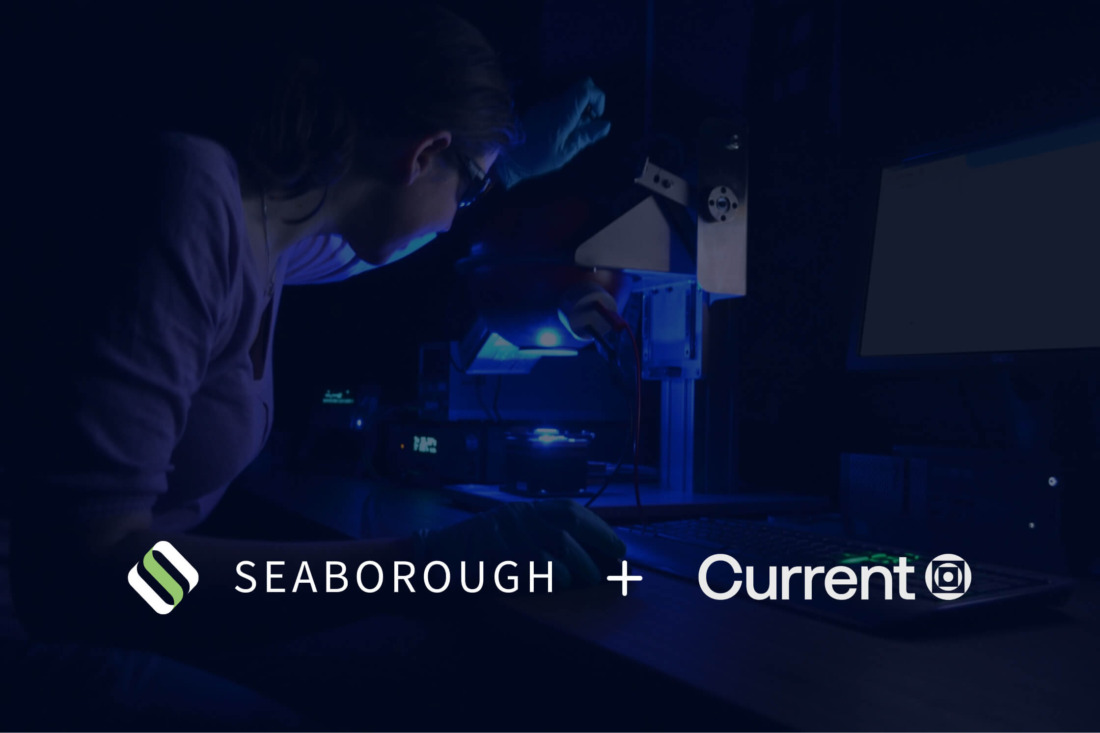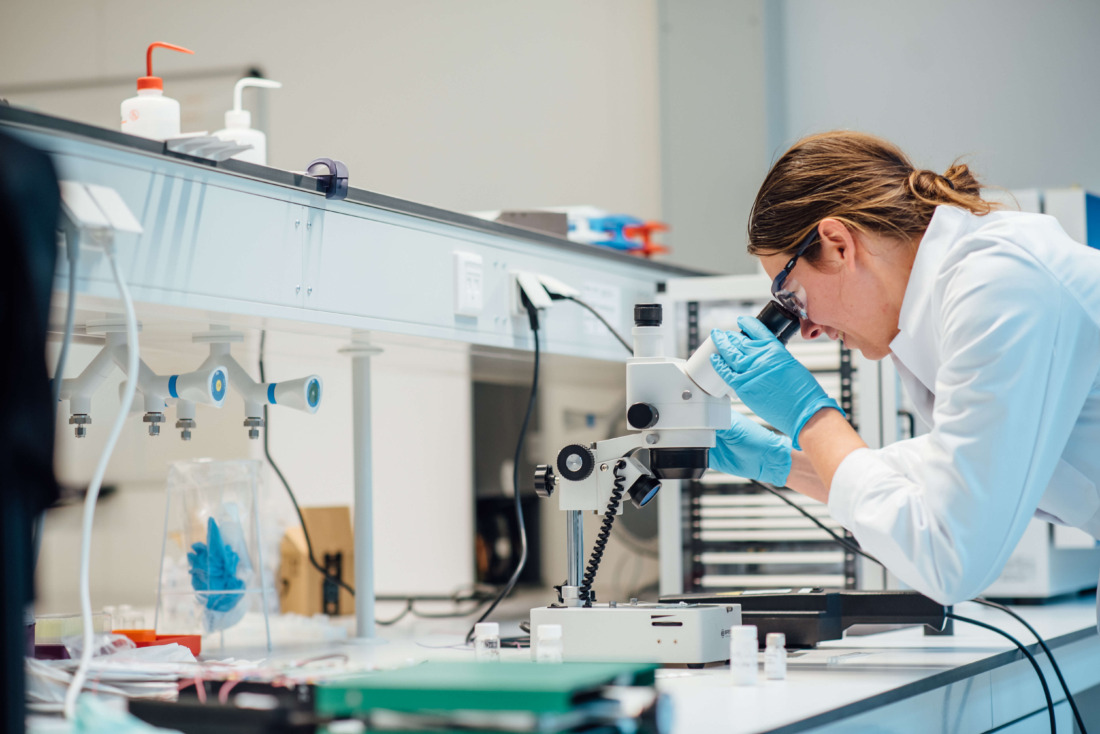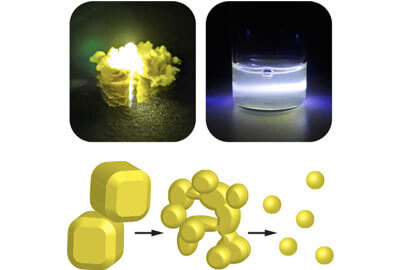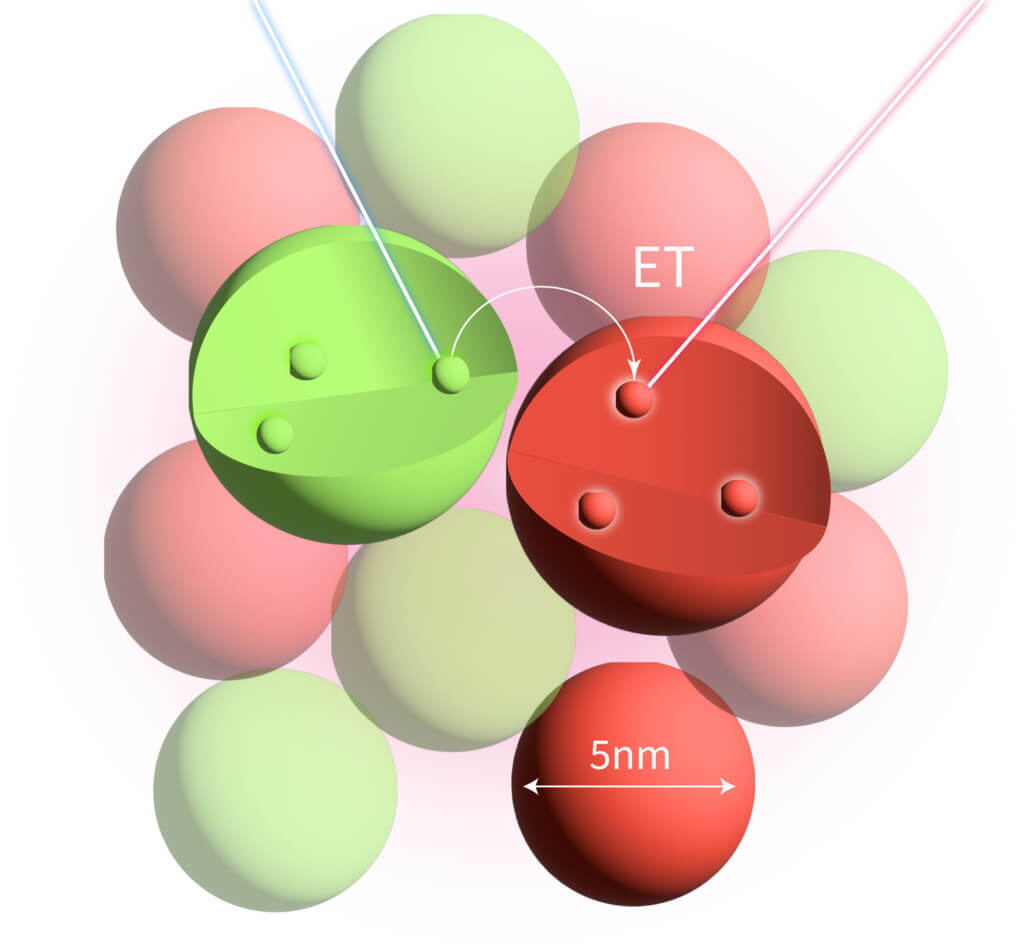Seaborough and Luminus Devices announce partnership to bring the world’s first LEDs with nano-engineered Eu3+-based phosphor to market
Seaborough and Luminus Devices partner to bring EuroLED™ to market, the world’s first nano-engineered Eu³⁺-based phosphor for LEDs. This breakthrough enables more efficient, sustainable warm white lighting and marks a major step forward in solid-state lighting innovation.
